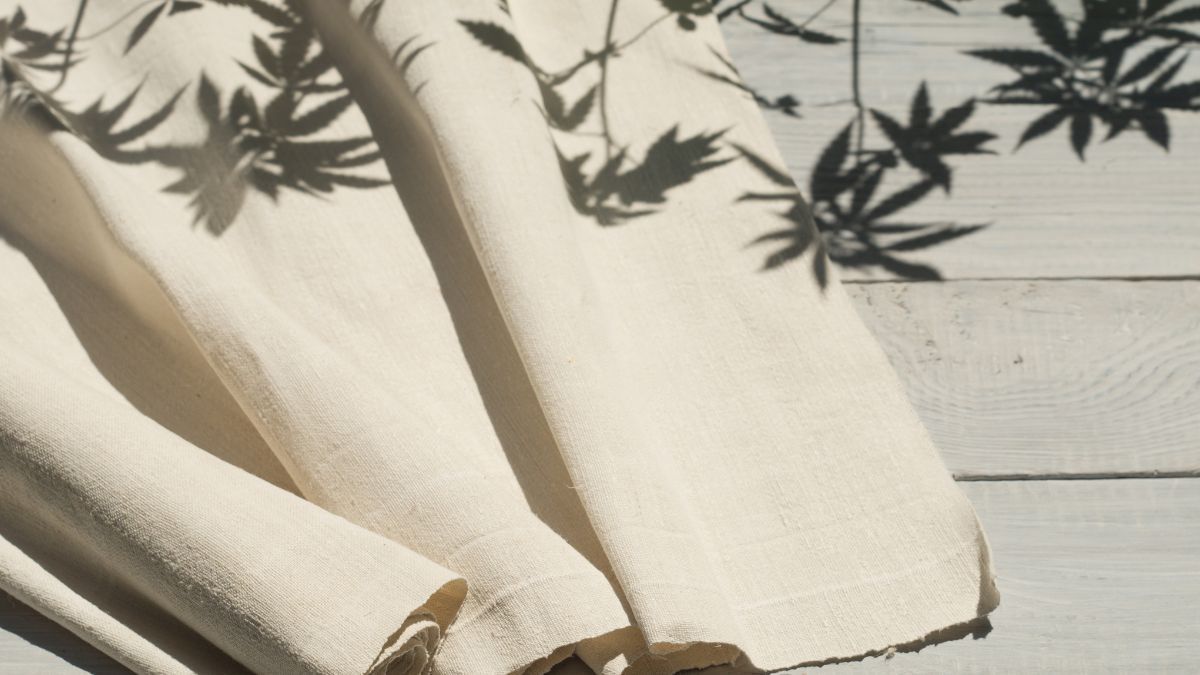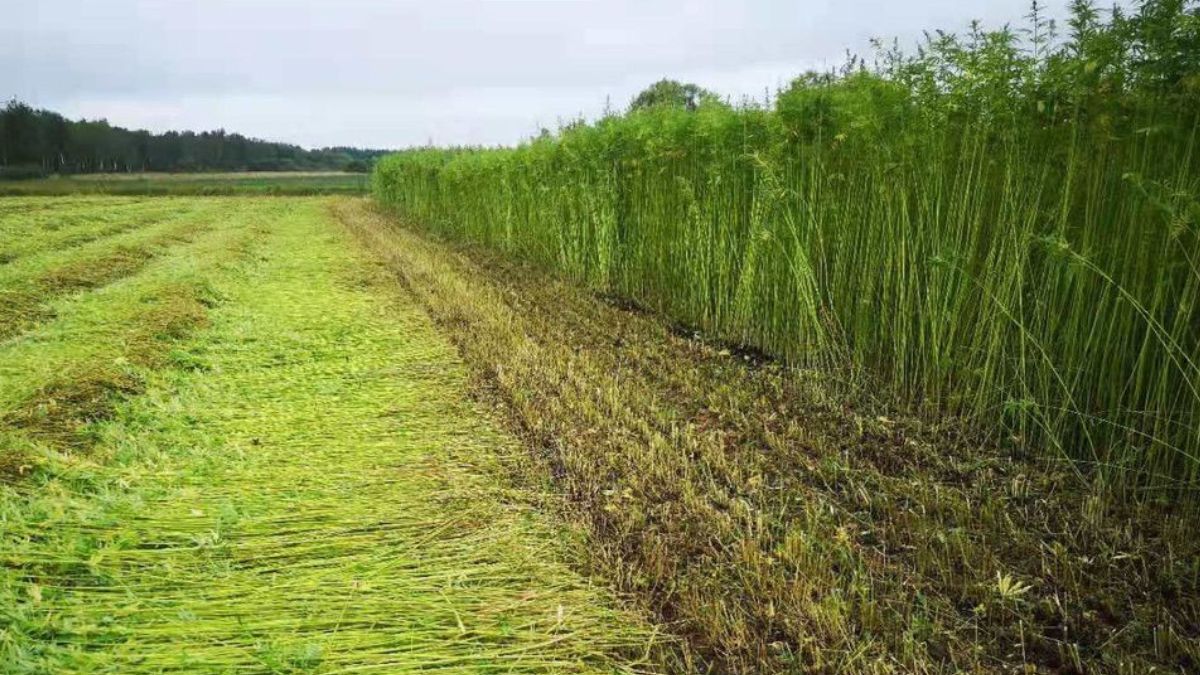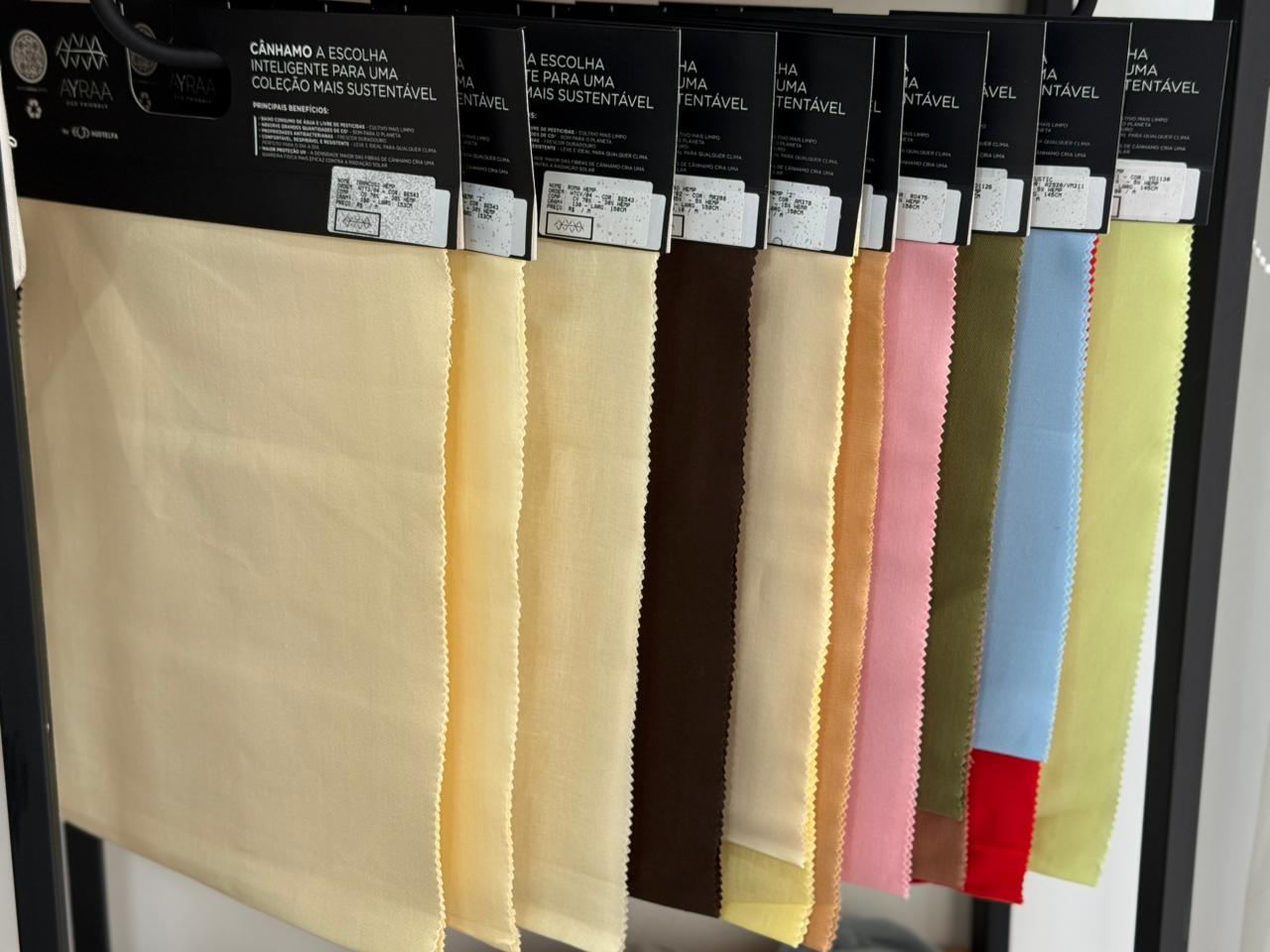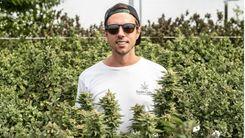Hemp outperforms cotton by up to 55% in tests conducted in Brazil
Analyses by Senai Cetiqt show that fabrics with hemp fiber from the company Ayraa have higher resistance and inhibit bacteria proliferation
Published on 10/23/2025

Three different tests were carried out with two different compositions: one with 30% hemp and another with 15% fabrics from the Ayraa company. Image: Canva Pro
Technical tests conducted on hemp fabrics in Brazil revealed significantly superior performance compared to cotton. Conducted by the Senai Cetiqt Institute, the analyses indicated that the fiber can increase a fabric's resistance by up to 55% and also inhibits bacteria proliferation.
Three different tests were carried out with two different compositions: one with 30% hemp and another with 15% fabrics from the Ayraa company. In the traction test - obtained exclusively by Sechat - the sample with 30% hemp reached a resistance of 440 N (Newtons), while the 15% one recorded 330 N.

"When compared to traditional cotton, the fabric with 15% hemp was 28% more resistant, while the composition with 30% was 55% superior," explains Marcelo Sertório Fernandes, the entrepreneur leading Ayraa. "This means that a uniform that would last a year could have its lifespan extended to over a year and a half."
The superiorities are also evident in the study that investigated the antimicrobial properties of a fabric with 15% hemp. The assay demonstrated an efficacy of 55.35% in reducing the proliferation of the E. coli bacteria -- an infection caused by certain bacteria.
"What the test showed is that hemp creates an environment where bacteria do not proliferate at the same speed," clarifies Fernandes. This characteristic opens up a range of functional applications for clothing pieces, such as caps and sportswear.
An undeniable advantage

The superiority of hemp goes further, also standing out in environmental gains. To produce 1 kg of fiber, hemp cultivation requires about 2,900 liters of water, while cotton can consume up to 10,000 liters.
In addition to water savings, hemp is naturally resistant to pests, eliminating the need for pesticides. Its deep roots improve soil health and, with a fast growth cycle, the plant also proves to be an efficient CO2 "sequesterer" from the atmosphere.
Strategy to conquer the Brazilian market

According to Marcelo, the technical reports are part of a strategy to support clothing manufacturers and large retailers, breaking price and prejudice barriers. "There are only two barriers preventing hemp from growing: price and prejudice. We believe that by overcoming prejudice with data, demand will increase, paving the way for regulation," says the entrepreneur, who also highlights increased fiber production as key to reducing the price.
The goal is to position hemp fabric in major retailers in Brazil, following the example of international brands. With the appeal of sustainability and durability, the bet is that the end consumer will value products with greater longevity and less environmental impact.
To test the public's perception, the brand Hint.eco sells products made with the fiber. The response, according to Fernandes, has been surprising. "The adoption has been great because today's consumer has a strong sustainability bias. They don't want to have 50 t-shirts, but rather 10 they like and that last," he concludes.








